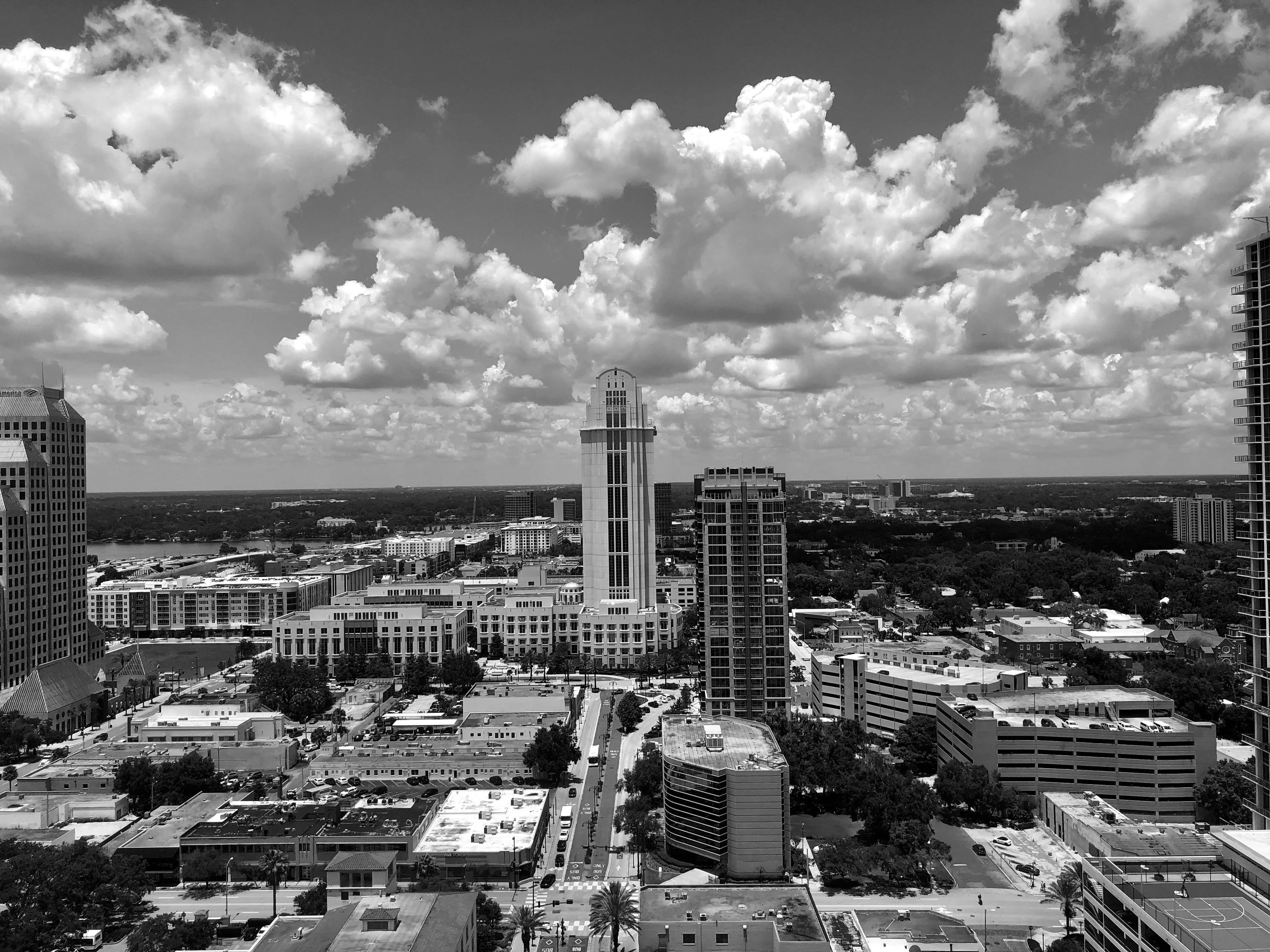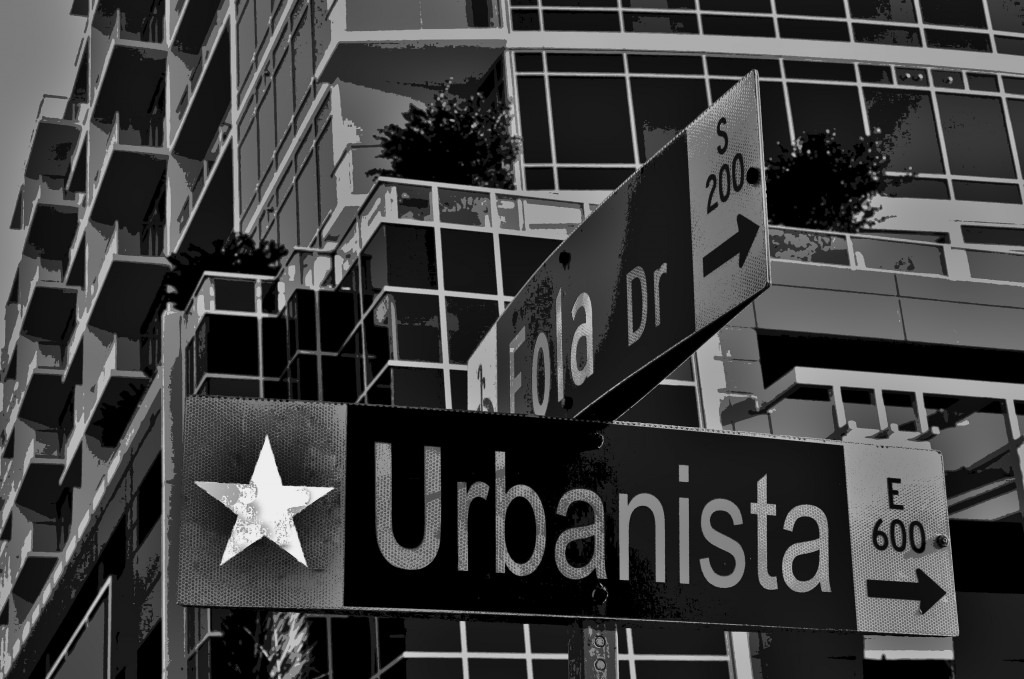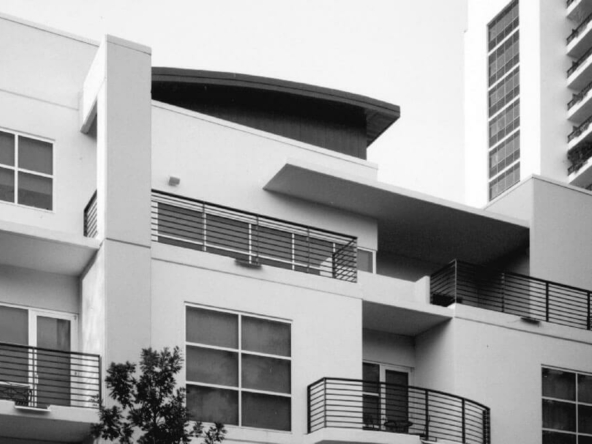Construction could start next year on an $8.3 million pedestrian bridge over traffic-clogged Colonial Drive near Interstate 4 in downtown Orlando.
With new apartment buildings and condominiums sprouting throughout downtown, city officials are looking for ways to encourage walking and bicycling. They think the bridge could get more people out and about — and across Colonial without having to worry about speeding autos.
“The fact that you won’t have to wait a couple of minutes for a light and just roll over is significant,” said Mighk Wilson, a planner and bicycle/pedestrian advocate for MetroPlan Orlando, which sets transportation policy in Orange, Seminole and Osceola counties.
Work on the overpass is set to coincide with the massive, $2.3 billion overhaul of Interstate 4 through downtown that likely will begin in earnest in 2015. The bridge, paid for with a state grant, could be completed as early as 2016, but more likely 2017.
It would serve as a link between the north end and midtown sections of downtown, as well as eventually become a connection between two bike paths: Gertrude’s Walk, which runs between Orange and Garland avenues and ends near the Lynx main station, and the Orlando Urban Trail, which goes from Loch Haven Park to Magnolia Avenue.
The city also is spending $100,000 on a study that seeks to link the 30 miles of bike paths spread throughout the city that tend to run for a few miles and then abruptly end.
The study’s intent, said top city planner F.J. Flynn, is to “connect the gaps between where people are and where they want to go.”
And as the city grows, along with traffic congestion, city officials think getting people out of cars and onto bikes or using their feet can and should become a viable option for short trips.
“Maybe there’s a better way to go [than a car],” said Ian Sikonia, an Orlando planner overseeing the study.
Right now, far fewer than 1 percent of Orlando’s 250,000 residents ride or walk to work. Many live in suburbs and far from work, shopping and entertainment, forcing them to drive.
Downtown has about 15,000 full-time residents, plus an estimated daytime work force of 75,000, according to the Downtown Development Board. Some of those residents and employees, city officials say, could be persuaded to bike and walk.
“The more bicycle users you have on the street, the better and more healthy your community can be,” Sikonia said.
Even Orlando International Airport, at the southeast edge of the city limits, is exploring bike options. Airport officials have launched a $53,000 study to look at possible routes that people working at Orlando International could take to get to their jobs, such as with the airlines or shops in the main terminal.
A biking report should be complete by August, and officials will use it to start discussing options, said Orlando International spokeswoman Carolyn Fennell.
Wilson said bike paths separate from the busy road that rings the airport might be the best way for bicyclists to get to and from Orlando International.
“There’s so much merging going on and people [drivers] not sure where they are going,” Wilson said about the



